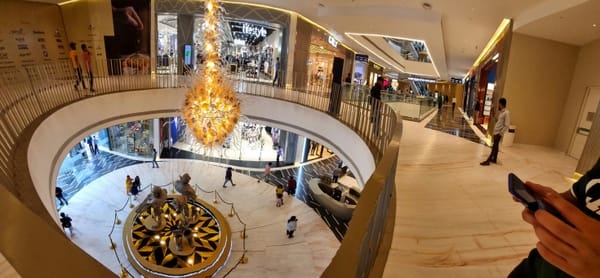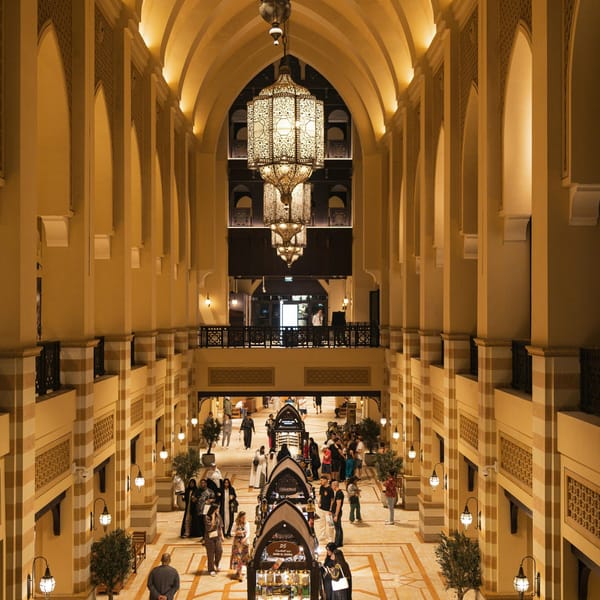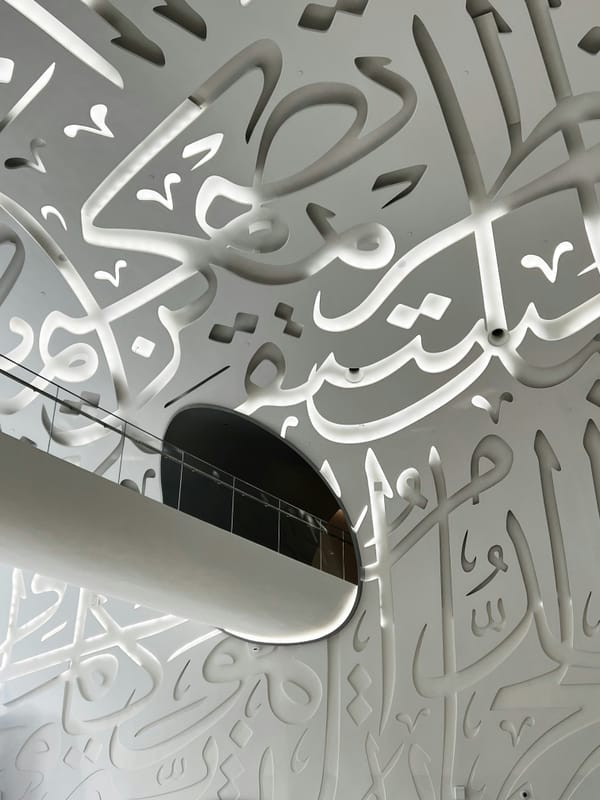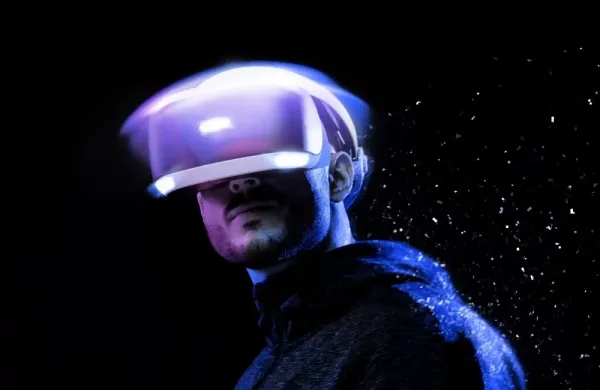The Middle East has long been a destination for commerce: its souks once buzzing with gold, spices, textiles, and storytellers. But today, a new kind of marketplace is reshaping the region’s retail identity. Across Dubai, Riyadh, Jeddah, Doha, and beyond, a wave of concept stores, curated boutiques, and lifestyle flagships is reimagining how, why, and where we shop.
Heritage Meets Hype
At the heart of this transformation is a generational shift. Younger consumers, digital natives with global tastes and local pride, are driving demand for spaces that feel less transactional and more experiential. These aren’t just shops; they’re cultural touchpoints. They blend fashion with food, art with ambience, tradition with edge.
Take Personage in Riyadh. Part boutique, part gallery, part café, it’s where you might discover a young Saudi designer, flip through an obscure architecture magazine, and sip a cold brew — all under one roof. It's not just about buying a product; it's about buying into a mood, a mindset, a movement.
In Doha, Studio Seven fuses contemporary design with regional storytelling. In Dubai, Frame has become a style destination in its own right — a space that curates not just clothes, but conversations, pop-ups, and emerging labels from across Asia and the Arab world.
The Rise of the Regional Curator
What’s notable is that many of these spaces are being created by a new generation of founders — often women — who are curating through a personal lens. Their selections reflect a growing confidence in regional aesthetics and a refusal to play to old tropes of “East meets West.” Instead, they’re asking: what does here look like now?
You’ll see it in the brands they stock: Palestinian jewellery next to Korean denim, Emirati incense beside Japanese ceramics. This is not about geography. It’s about vibe. About value. About what feels authentic and interesting, regardless of where it comes from.
Why It Matters
The shift from malls to mood is more than just retail theatre. It speaks to deeper trends: the need for meaning in consumption, the desire for discovery, and the role of physical space in a digital world. As e-commerce grows, real-world retail has to offer more than convenience — it must create emotion.
For a region that’s often misunderstood or reduced to clichés, these concept spaces offer nuance. They become places of cultural exchange, entrepreneurial energy, and quiet rebellion against sameness.
What’s Next?
Expect more crossovers. More hybrid formats. More regionally born brands front and center. The region’s top-tier shoppers aren’t looking for labels — they’re looking for stories. And the most successful retail spaces will be the ones that offer both.
We’ll likely see more integration between hospitality and retail, deeper collaboration with artists and designers, and a strong push toward regional sourcing — from fashion to fragrance to furniture.
As the Middle East continues to shape global conversations around fashion, luxury, and innovation, its shopping culture is evolving — not away from its heritage, but deeper into it. The souk still lives. It’s just been redesigned.









